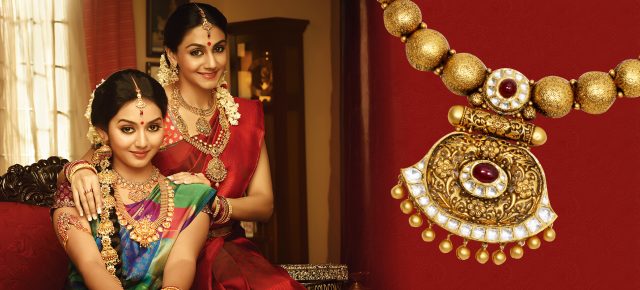Jewellery has its roots deep inside our existence it is worn by women of every class, race and culture. There have been many archaeological findings of ancient jewellery. The most magnificent discovery was of tiny shells, worn on a necklace, found in Morocco that goes back 82,000 years. they made simple yet fascinating, they used beads of shells, stones and teeth of animals put together on twine or strips of hay. But as time progresses we have developed into different phases and cultures. And each culture has a different way of portraying their craft in this field. Here is an overview of some cultures that shine the brightest in their craft of jewellery making.
Egyptian Jewellery
The Egyptians have always left the world astonished with their craft whether it was art architecture and jewellery. Egyptians are the pinnacle of human achievement. They have overcome obstacles no man could imagine with the resources they had. Their jewellery comprises of lucky charms, bracelets, heart scarabs, rings and beaded necklaces. Egyptian jewellery for the noble and rich women was made from minerals, gems, precious metals, and coloured glass. While the lower class women wore, jewellery made from bones, rocks, animal teeth, clay and shells.
Pakistani Jewellery
jewellery in Pakistan is usually made with 22-carat gold as against the 14 or 18 carats used in other parts of the world. Pakistan has jewellery buried deep down to the core of its culture. In Pakistan, it is a tradition to give jewellery to the bride by both the bride and the groom sides. Depending on the financial position of the families, gold is definitely a part of the vesture and is also given by the groom’s side as a gift to the bride. A lot of jewellery is handed down from generation to generation. Mothers that received jewellery on their wedding give those to their daughters and daughters-in-law. People in this country are passionate and obsessed with jewellery. One look in the city will show you numerous shops selling beautiful jewellery. My personal favourite is Almas jewellers as they have gone with the time and branched into the online market as well if you search online gold shopping in Karachi.
Greek Jewellery
The ancient Greeks had a long past of jewellery making but it was throughout 1600 BC that they started fusing gems and gold into their jewellery. They would later also include amethysts, emeralds, and pearls. The early Greeks were commonly known for creating simplistic jewellery equaled to other ancient civilizations; however, their patterns became more elaborate in the coming years.
Roman Jewellery
Throughout its amazing history jewellery had been a part of ancient Roman history. The early Romans generally followed the jewellery making techniques of the Etruscans and Greeks. As the empire grew they branched into more complex styles and started using more different types of materials. The most popular jewellery piece for the Romans was the brooch which is still in use today as a piece of jewellery. It was not only used for self-adornment for them but also subserved the practical purpose of holding their dresses together.
Chinese Jewellery
China is one of the earliest civilizations in the world. they started designing jewellery in the Neolithic era, during the emergence of the Yangshao and Longshan cultures. The Chinese favoured to use gold and silver as metals, and jade as a gemstone in their jewellery designs. China has produced large quantities of jewellery, in a variety of ways and using a number of procedures, in its history, and greatly impacted the style of plenty of Asian countries. The five-thousand-year-long history of Chinese jewellery is known for seven significant jewellery-making techniques: cloisonné, engraving, filigree inlaying, jade carving, kingfisher feather ornamentation, precious metal threading, and silver enamel.
Some 82,000 years ago people started adorning themselves with jewellery. Jewellery had humble beginnings; our early ancestors made simple necklaces made of small shells. As time progressed jewellery, including necklaces, pendants, rings, and earrings, became more complex with many styles and various materials being used. In this section of Ancient Jewelry History, we will list many of the great civilizations of the world providing information on the types of jewellery they wore and their contributions to the history of jewellery. As time progressed even further we made it a part of our existence and at this point, jewellery has run its course so long it is embedded inside of us and no matter how much time progresses we will always have jewellery as apart of our culture.










Thank you For your Great article